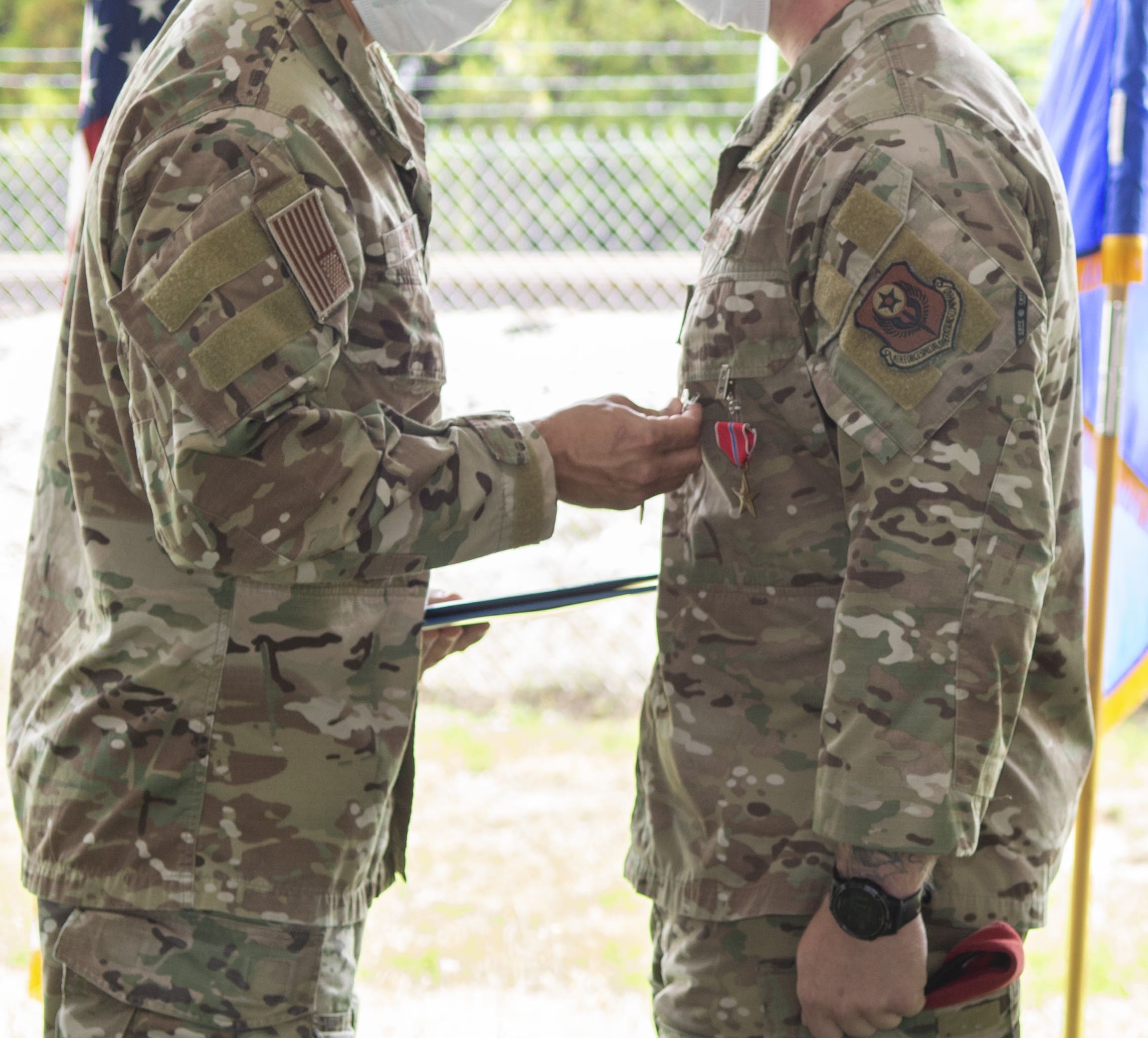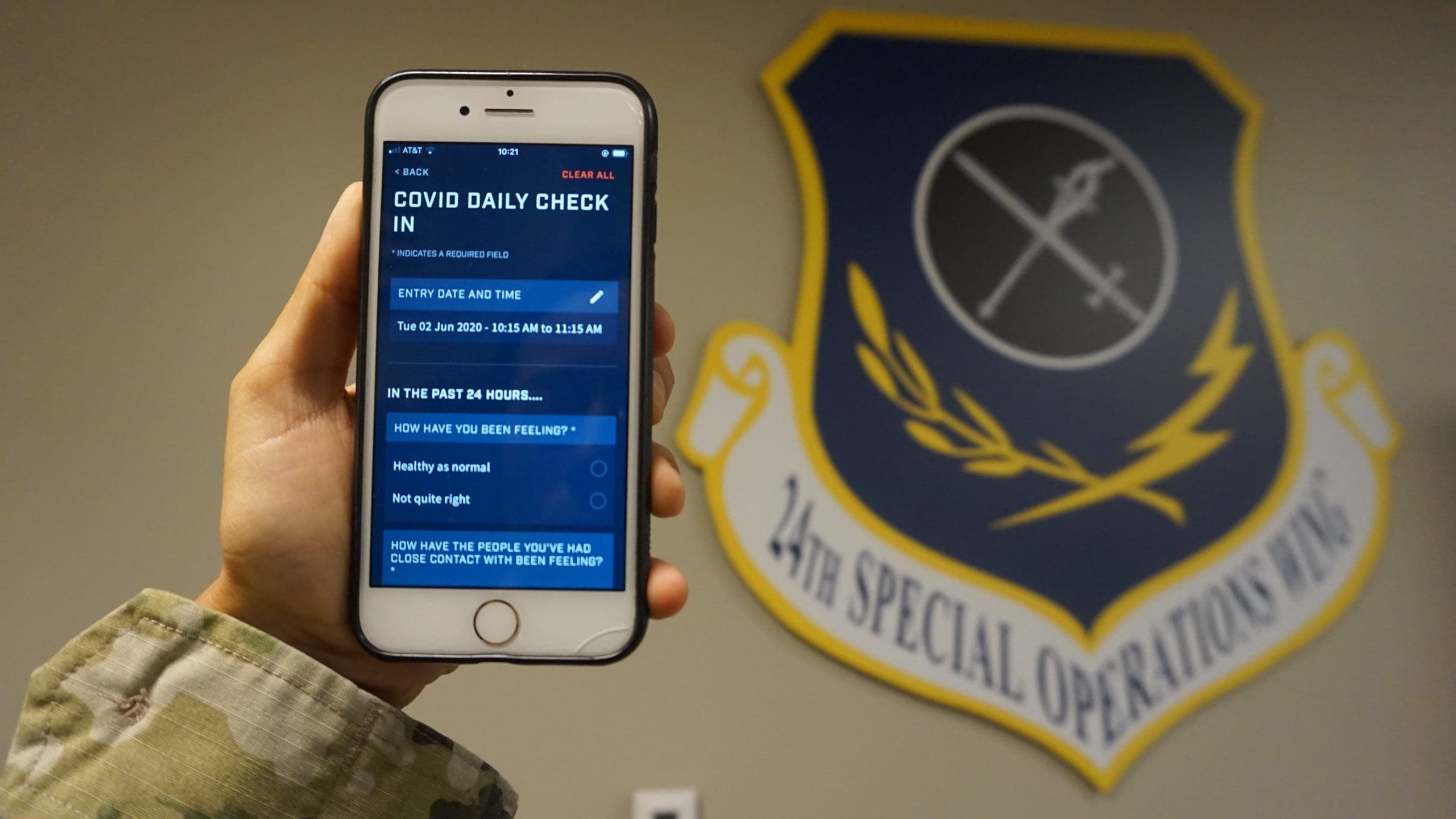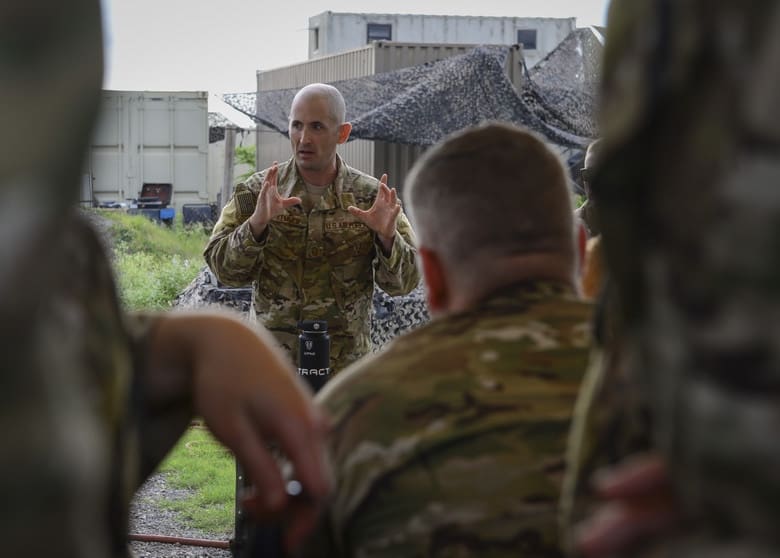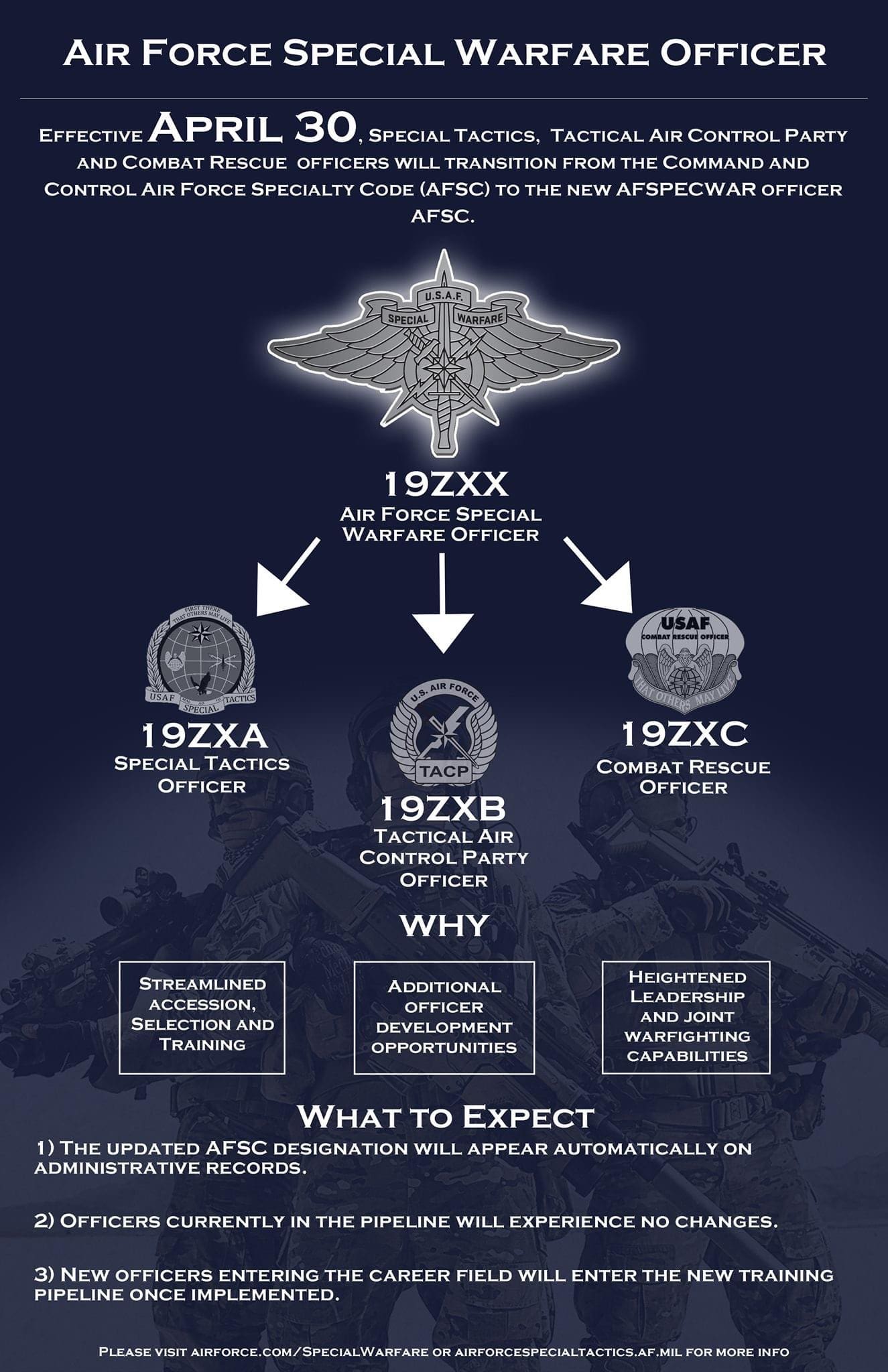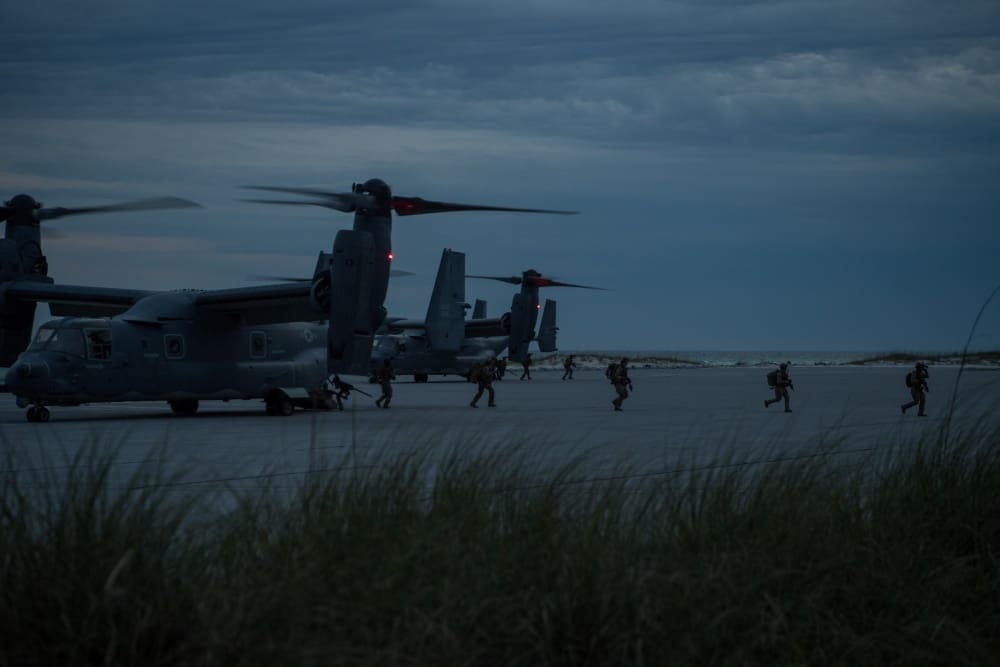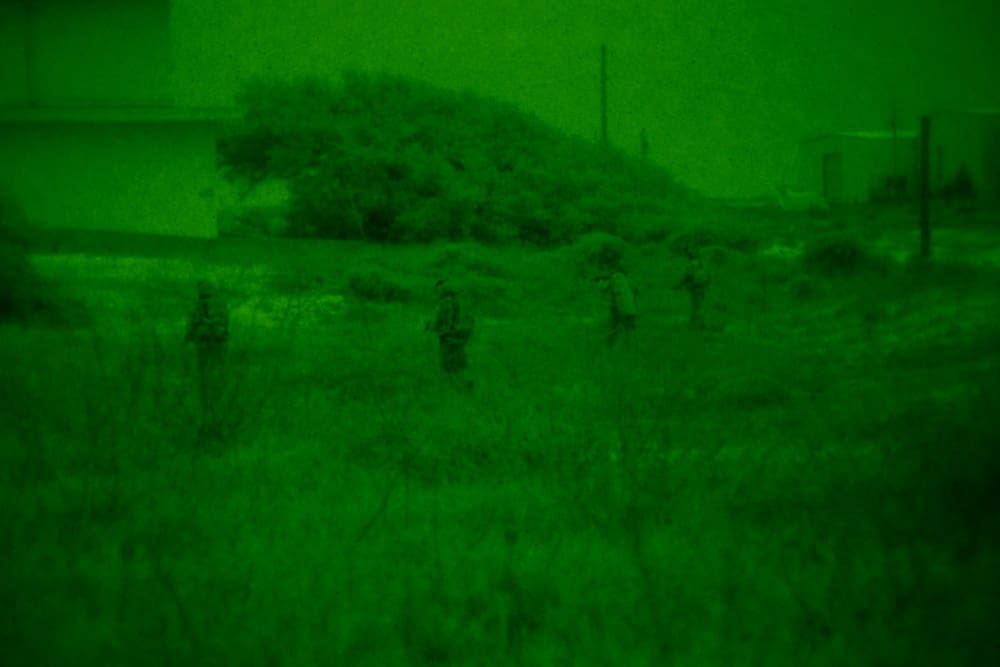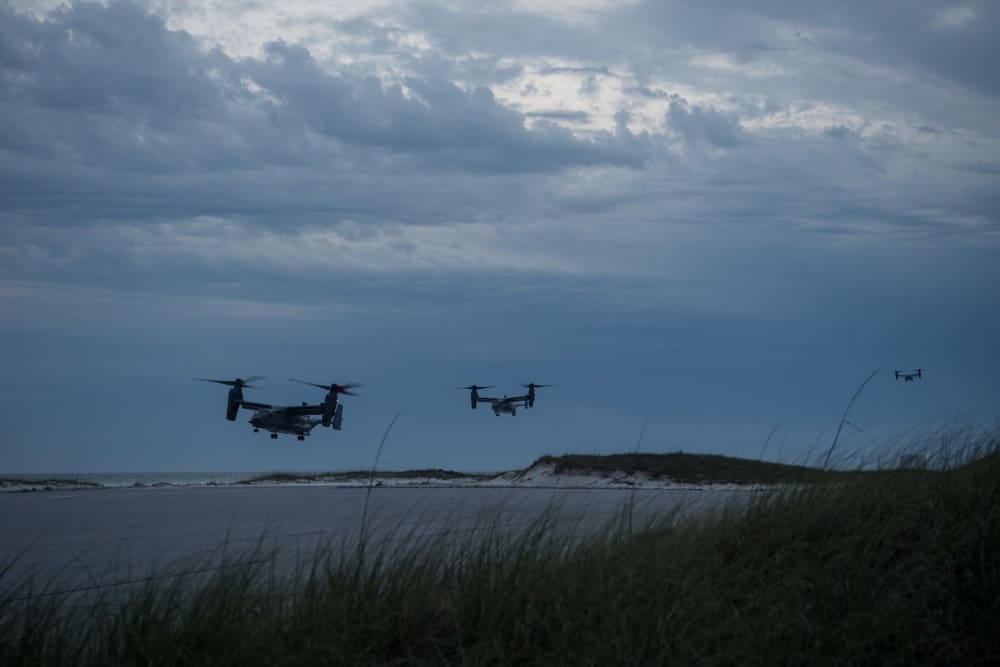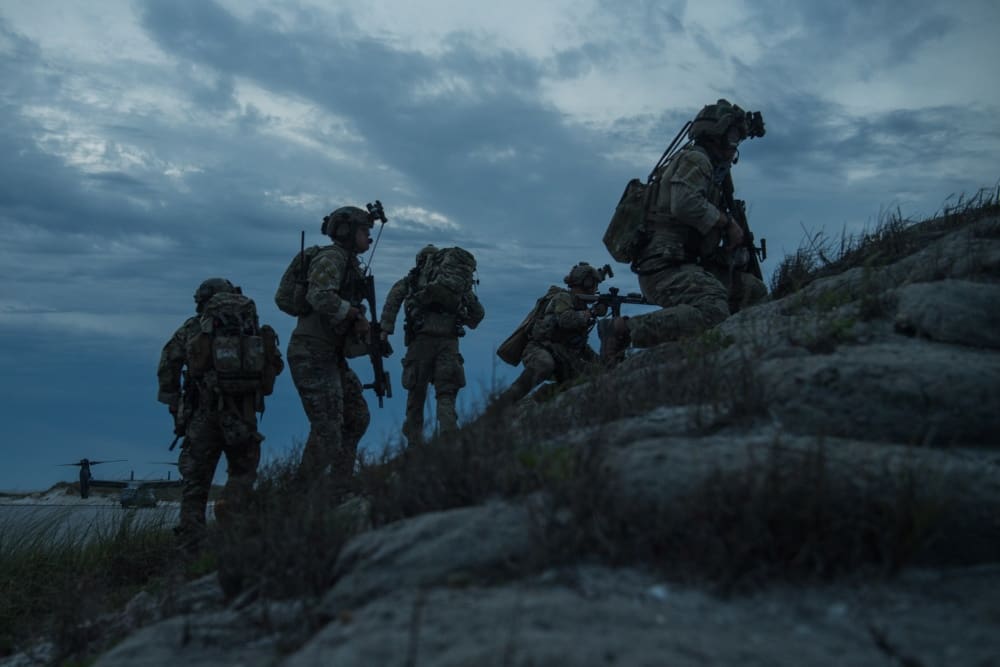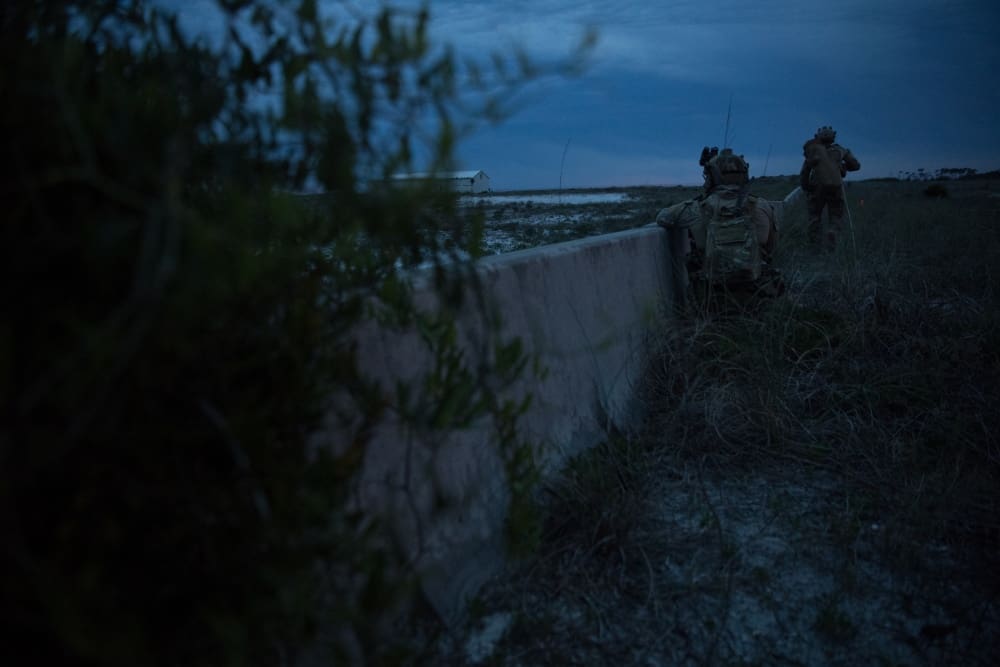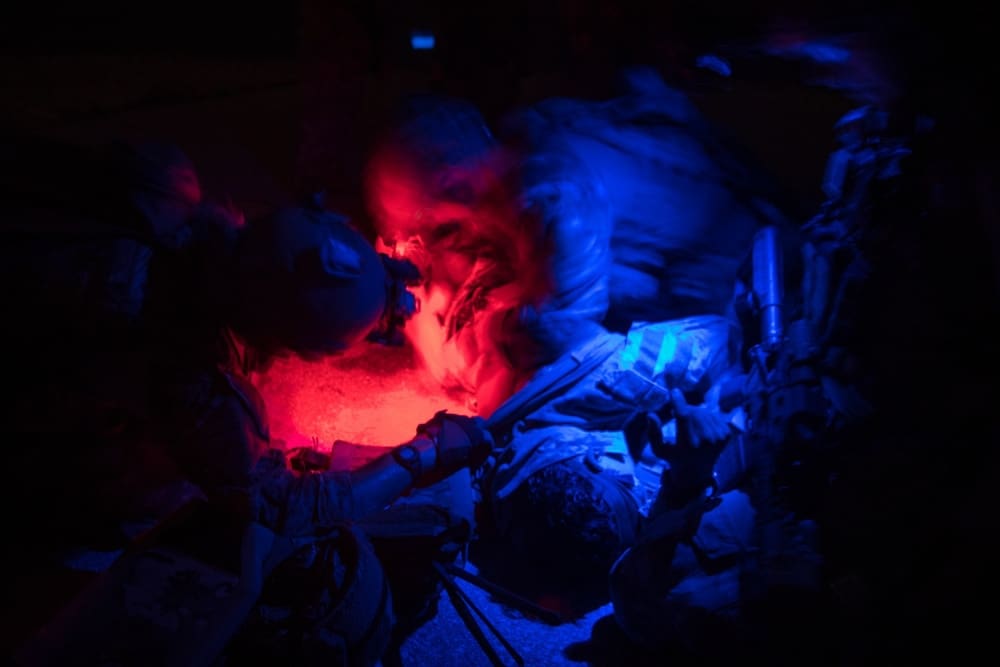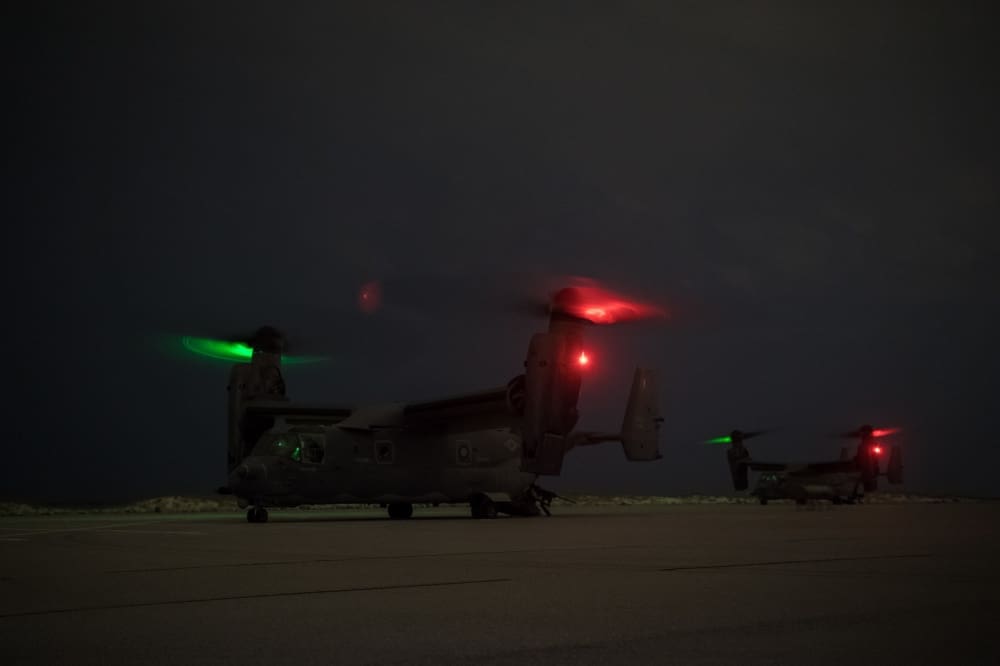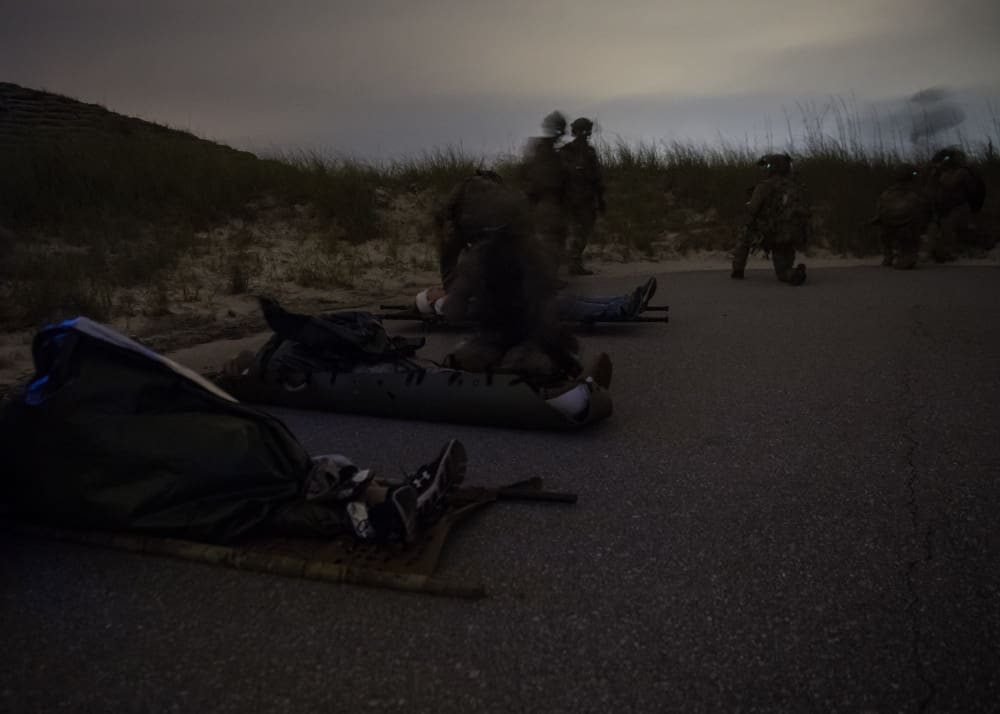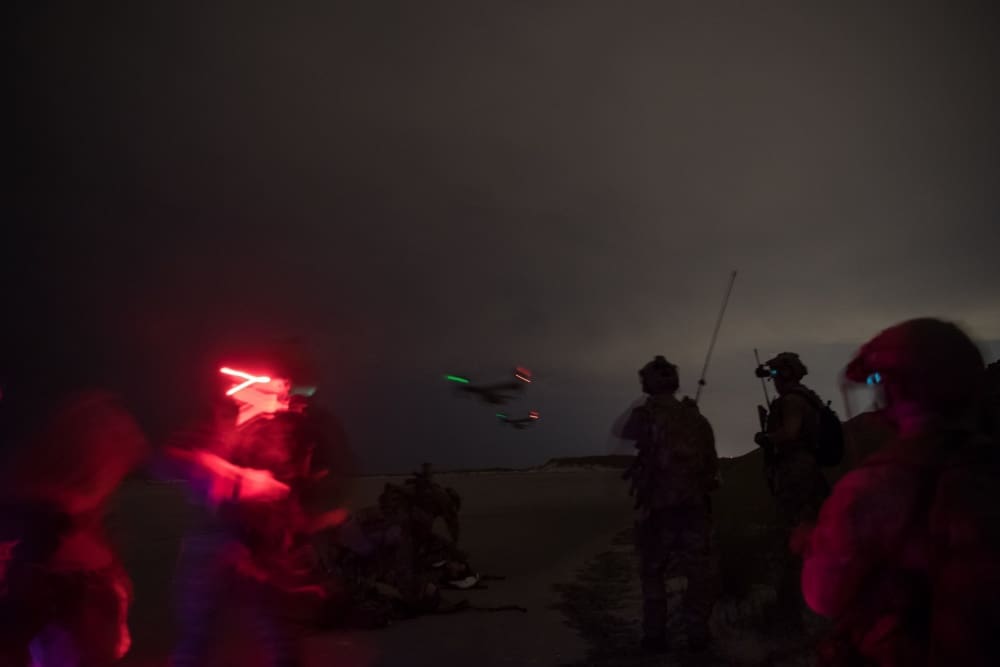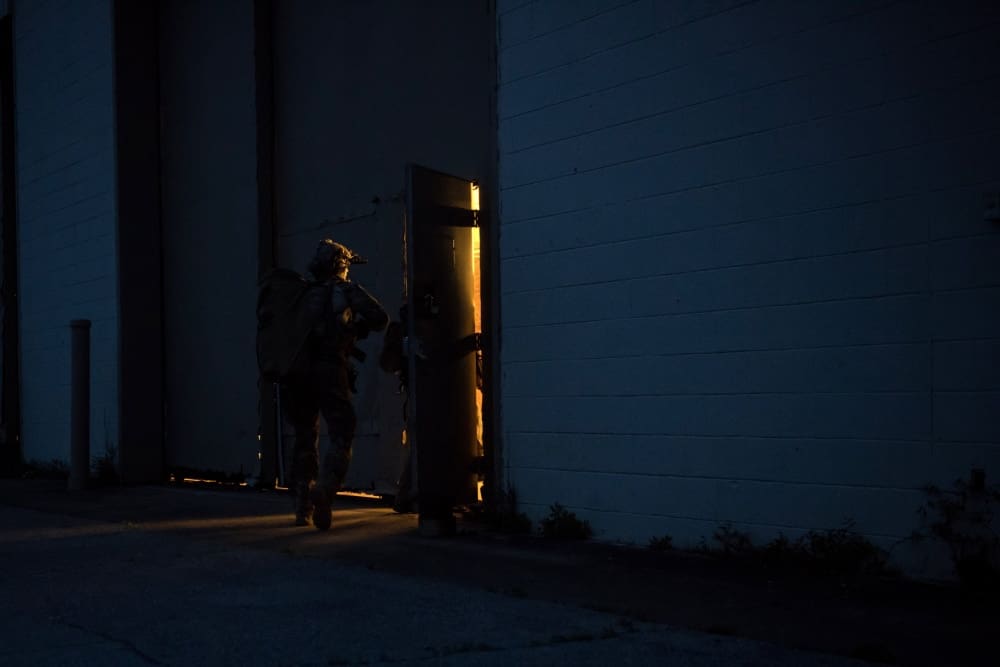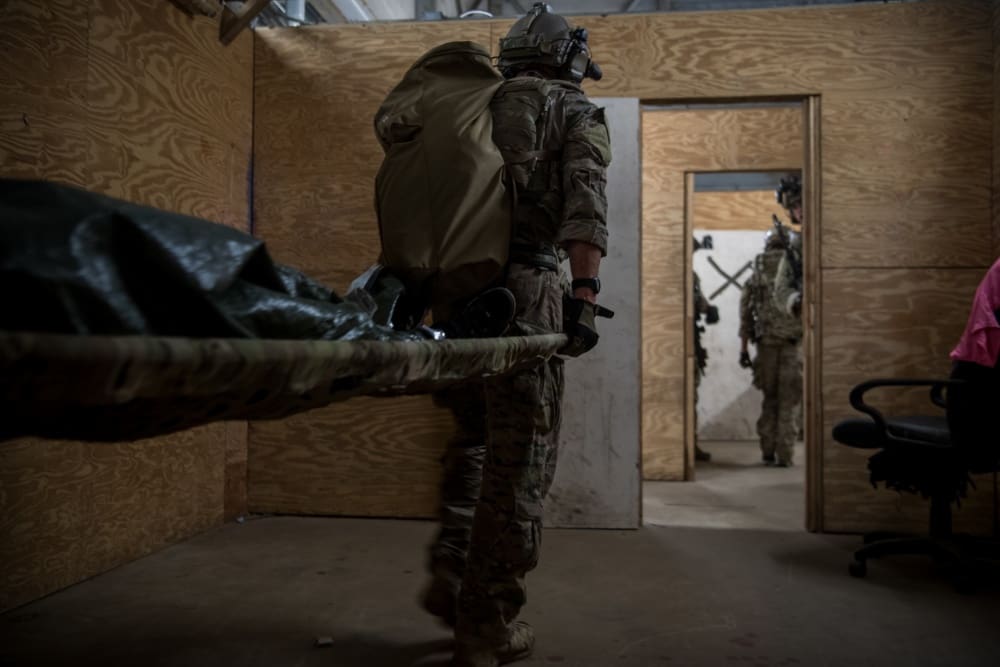HURLBURT FIELD, Fla. (AFNS) —
Air Force special tactics teams provide a wide range of core responsibilities and combatant commands rely on ST operators to hone their skills long before arriving at a deployed location.
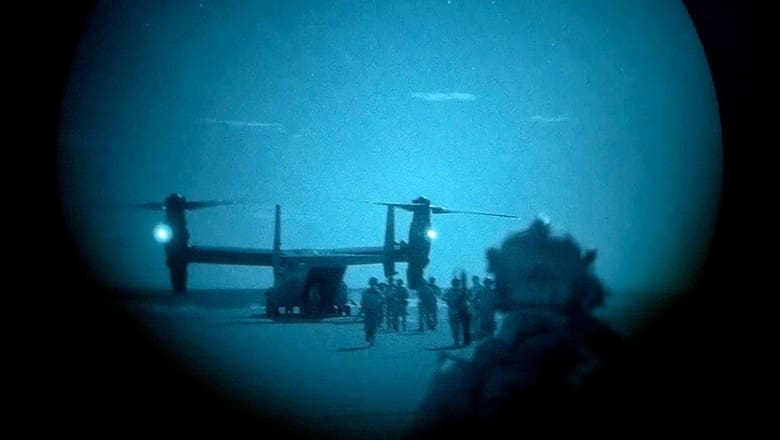
To meet the standards required for deployment, special tactics teams completed exercise Commando Crucible, from June 18-July 3, at Hurlburt Field and in Kinston, North Carolina.
“Despite logistical frustrations due to COVID-19 restrictions, the exercise allowed special tactics flights and attachments to conduct critical training on global access, precision strike, personnel recovery and foreign internal defense capabilities,” said a special tactics officer and lead planner for the exercise.
Special tactics operators led the training, which consisted of 253 participants and leveraged 40 aircraft from across Air Force Special Operations Command and Air Combat Command. One team of participants included members from the 53rd Air Traffic Control Squadron assigned to Robins Air Force Base, Georgia. The 53rd ATCS members played the role of a simulated host nation force and special tactics operators were responsible for training them on fundamental tactical skills and guiding them through a direct action training mission.
“The ST flights did a great job providing a plan of instruction in only three days to effectively integrate with the teams conducting the raids,” the special tactics officer said. “This is extremely realistic for a lot of the different partner forces we integrate with in deployed areas of operation.”
Col. Matt Allen, 24th Special Operations Wing commander, Col. Allison Black, the 24th SOW’s new vice commander and Chief Master Sgt. Jeff Guilmain, 24th SOW command chief, were present for portions of the exercise to observe the tactical units hitting their training objectives.
“We saw really well-rehearsed combat capability,” Guilmain said. “It was really valuable to watch how operators’ skills, both as individuals and as teams, have been refined over the months of training to provide incredible capability to the forward commanders. I’m glad we have that process in place where commanders can validate those capabilities and ensure readiness.”
Another critical readiness component teams were evaluated on was their ability to plan and carry out agile combat employment concepts. Special tactics forces have made this a priority in response to near-peer competition as well as AFSOC’s strategic guidance.
Special tactics operators traveled from Hurlburt Field to Kinston, N.C., to rapidly secure an airfield to use as a forward air refueling point, integrating combat Air Force assets such as F-15 Eagles, F-22 Raptors and AFSOC MC-130s.
“The ability for our aircraft to operate swiftly in contested areas improves U.S. Air Force lethality and presents strategic dilemmas for our adversaries. It also helps develop procedures to habitualize AFSOC and ACC units working together in support of the Air Superiority mission.” the special tactics officer said. “Overall, despite initial planning difficulties, the exercise execution went flawlessly and according to plan.”
Story by 1st Lt Alejandra Fontalvo , 24th Special Operations Wing
Photo by SSgt Rose Gudex


